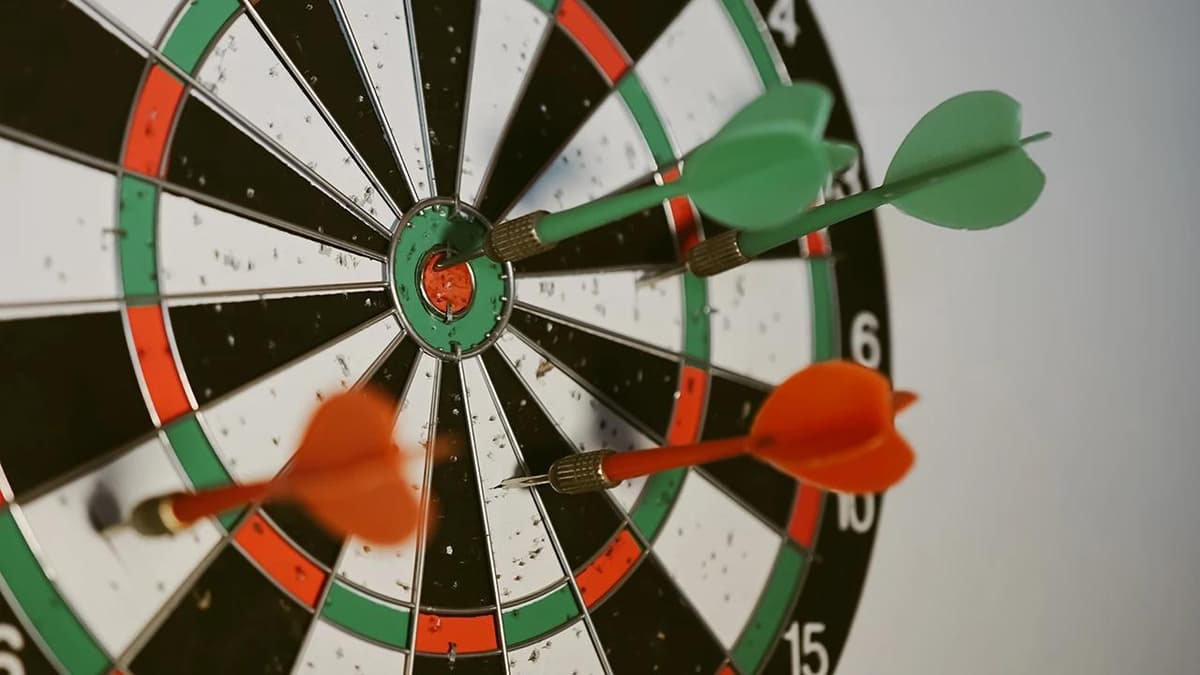Understanding Deep Learning Models: A Visual and Simplified Explanation
Deep learning, a subset of machine learning and artificial intelligence (AI), has revolutionized various fields from image recognition to natural language processing. But what exactly is a deep learning model, and why do we call this process "deep"? Let’s unravel this with a visual and simplified approach, making it more understandable for everyone.
What is a Deep Learning Model?
A deep learning model is an intricate network of algorithms and computational structures, closely mirroring the complexity of the human brain. It consists of multiple layers of nodes or "neurons" that process and transmit vast quantities of data. These models are engineered to learn patterns and make intelligent decisions, evolving with each data interaction.
The Structure of a Deep Learning Model
The architecture of a deep learning model is akin to a multi-layered network, with each layer composed of units known as neurons. These layers are categorized into three primary types, each serving a unique function in the data processing pipeline.
-
Input Layer:
- Function: The input layer is where the model initially receives data. It is responsible for the initial data processing and preparation for subsequent layers.
- Technical Details: In the case of image recognition, this layer handles the raw pixel data of the image. Each neuron in the input layer corresponds to one pixel value, effectively translating the input image into a format that the model can process.
-
Hidden Layers:
- Function: These layers form the 'brain' of the model. Hidden layers are responsible for extracting and refining features from the input data.
- Technical Composition: A deep learning model may have several hidden layers, with each layer responsible for learning different aspects of the data. Early layers might learn basic features like edges and textures in an image, while deeper layers might interpret more complex features like shapes or specific objects.
- Layer Variants: There are various types of hidden layers, including convolutional layers for processing image data, recurrent layers for sequential data like text or speech, and fully connected layers that learn non-linear combinations of features.
-
Output Layer:
- Function: This is the decision-making layer of the model. The output layer interprets the features extracted by the hidden layers and delivers the final result or prediction.
- Technical Details: For example, in an image recognition task, the output layer would identify the object present in the image. The output could be a single class label (like 'cat' or 'dog') or a probability distribution over several classes.
Visual Representation: Beyond the Sandwich Analogy
While the sandwich analogy offers a basic understanding, let's consider a more technical visualization:

- Input Layer: Visualize this as the foundation of a building, where raw materials (data) are first introduced.
- Hidden Layers: These are the multiple floors of the building, each with specialized machinery (neurons and activation functions) processing the raw materials. As we move up, the processing becomes more refined and complex.
- Output Layer: This is the top floor where the final product is assembled and presented, representing the end goal or the decision of the model.
Understanding Neurons and Weights
Each neuron in a layer is connected to several neurons in the subsequent layer. These connections have 'weights' which are adjusted during the training process.
- Neurons: Think of neurons as information processing units. Each neuron receives input, performs a weighted sum, and then applies an activation function to introduce non-linearity.
- Weights: These are parameters that determine the strength of the influence one neuron has on another. During training, these weights are adjusted to minimize the difference between the model's prediction and the actual data.
The Role of Activation Functions
Activation functions in hidden layers are crucial as they introduce non-linear properties to the model. This non-linearity allows the model to learn complex patterns and relationships within the data.
- Examples: Common activation functions include ReLU (Rectified Linear Unit), Sigmoid, and Tanh. Each has its characteristics and use cases, influencing how the model processes information.
Deep learning models, with their multi-layered, neuron-based structure, represent a pinnacle of computational intelligence. These models are capable of processing large volumes of data, learning intricate patterns, and making predictions with increasing accuracy. Understanding their structure and functionality is key to appreciating the depth and potential of deep learning in various fields of technology and research.
Why "Deep" Learning?
The term 'deep' in deep learning refers to the number of layers through which data is transformed. More layers mean more complexity and a deeper level of learning and abstraction. This is different from traditional machine learning, which often relies on fewer layers.
The Role of Hidden Layers
Hidden layers are where the magic happens. Each layer captures different features of the data. In image processing, for example, the first few layers might recognize edges and colors, while deeper layers might identify more complex patterns like shapes or specific objects.
A Real-world Analogy
Consider the process of learning to recognize a cat. Initially, you learn basic features like four legs, fur, and a tail. As your understanding deepens, you start recognizing more subtle characteristics like the shape of the ears or the pattern of the fur. In a deep learning model, early layers learn basic features, and subsequent layers learn more complex ones.
Training a Deep Learning Model
Training involves feeding the model a large amount of data and adjusting the weights of connections between neurons to reduce errors in its predictions.
Backpropagation and Gradient Descent
These are key techniques used in training. Backpropagation helps in adjusting the weights by determining how much each neuron's output contributed to the error. Gradient descent is an optimization algorithm used to minimize the error by updating the weights.
Simplified Explanation
Imagine training a dog to perform a trick. Each attempt is a learning opportunity. You guide the dog, adjusting your approach based on whether it's getting closer to performing the trick correctly. This is akin to backpropagation, where the model learns from its mistakes, and gradient descent, where it 'optimizes' its approach.
Deep Learning Applications
Deep learning models have a wide range of applications, including:
- Image and Speech Recognition: Used in facial recognition systems and virtual assistants.
- Natural Language Processing: Powering chatbots and translation services.
- Medical Diagnosis: Assisting in identifying diseases from medical images.
Conclusion
Deep learning models are powerful tools that mimic human brain functionality to process data and make decisions. Their 'depth' comes from the multiple layers that allow them to learn complex patterns in data. By visualizing these models as a network of interconnected units, each adding its layer of understanding, we can better grasp their structure and functionality. Deep learning, with its ability to learn from vast amounts of data and identify intricate patterns, continues to push the boundaries of what machines can achieve, transforming technology and impacting various aspects of life.












